Today, there are many types of food service styles in the restaurant industry. From fast-food to family casual restaurants, the options are endless. If you are contemplating about launching your own restaurant, there is one major decision you need to make. Styles of service in restaurants determine the layout, restaurant furniture, inventory, menu, food prices, and décor theme of the restaurant itself. Different types of restaurant service are attributed to personal preferences, location and target market. Familiarizing with the characteristics of the various types of food service styles can help you select the right theme, style, and concept, and furniture for your restaurant.
Commercial Restaurant Furniture Design by Venue Type

Distinguishing between Various Restaurant Categorization Factors
A variety of elements differentiate one type of restaurant from another. The broadest and most common factors people use to categorize styles of service in restaurants are:
- Spectrum of Formality: Layout, restaurant furniture, décor along with the attire in which guests are expected to wear, determines whether a restaurant is casual or upscale. Counter service versus table service as well as the attentiveness and efficiency of wait staff are also strong indicators.
- Price: Restaurants fall under a price range of affordable to expensive. You may notice that Google and other online search engines use dollar signs to denote the average price of a meal served to provide a convenient way to look at prices. (i.e. $ = inexpensive, $$ = moderately priced, $$$ = pricey, $$$$ = very expensive).
- Food/Menu: Furthermore, restaurants differ from each dining establishment’s presentation, quality and type of food they serve. Menus can be based on the theme of the restaurant or on a cuisine from a certain region. Sometimes, they exclusively feature innovations from the chef. At other restaurants, menus are devised on specific items as they are at pizzerias and steakhouses. Or according to specific dietary preferences, menus may feature as plant-based dishes.
Common categorization factors differ restaurants from one another. So does each one’s unique brand, types of food service styles and restaurant furniture.
| Venue | Furniture |
|---|---|
| Fast Food | Metal chairs, reversible tables, Industrial style furniture |
| Family Friendly | Dining booths, laminate tables, resin tables, metal chairs with vinyl seats |
| Fine Dining | Solid wood tables, solid wood chairs with padding, wood arm chairs, wood bar stools, button tuft booths |
| Steakhouse | Wood chairs, wood tables, wall benches and booths |
| Banquet / Event Halls | Stacking chairs, banquet chairs, Chiavari chairs, folding tables, wood tables |
Guidelines for Restaurant Layouts - Casual Vs. Upscale
Your restaurant layout is also important for operational flow. This refers to all the foot traffic in your restaurant, including where deliveries are picked up, how chefs move around the kitchen area, where servers pick up orders, and more. The right seating layout, bar and kitchen locations have a massive impact on both your employee and guest experiences — as well as your restaurant's efficiency and profitability. For guests: You want to provide a layout that is welcoming and aesthetically pleasing for their dining experience. For employees: You want to maximize efficiency, removing any obstacles to their ability to do their jobs easily and quickly.
Casual Dining Layout Tips
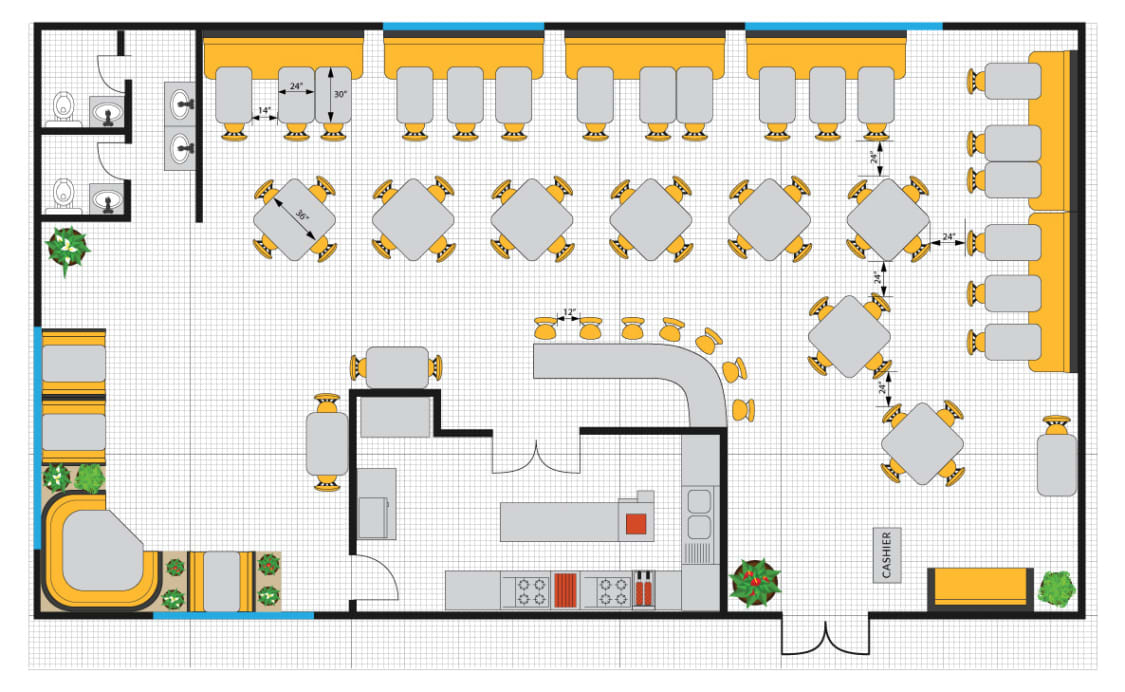
When planning the dining area of a restaurant, issues of flexibility should be considered in order to adapt to unexpected demands. This is especially true with casual restaurants. Local code requirements could determine how much square footage you need per customer, as well as aisle width. Casual dining establishments such as cafes, family restaurants and quick service restaurants don’t need to have as much space between tables and chairs than upscale restaurants. Venues like this tend to have high traffic so plenty of space to enjoy a long comfortable meal in a quiet atmosphere is not so important since most people that frequent these establishments are looking for a quick meal. These establishments should still have an efficient floor plan and can properly direct this foot traffic to prevent bottlenecks or overcrowding.
Due to the high traffic in fast casual and quick service restaurants, quality durable seating and tables are necessary. Metal chairs and bolt down chairs are popular choices for these venues since they are strong and last a long time. Metal chairs are also more stain and scratch resistant. Since guests are seated for a shorter period of time luxurious padded chairs are not so important. Stackable chairs are also a smart choice since they can be easily stored to adjust to changing seating needs. Laminate, resin and metal tables are also popular with these restaurants since they are more durable and stain resistant. To comply with most safety requirements the minimum for space between occupied chairs is 18".
Upscale Dining Layout Tips
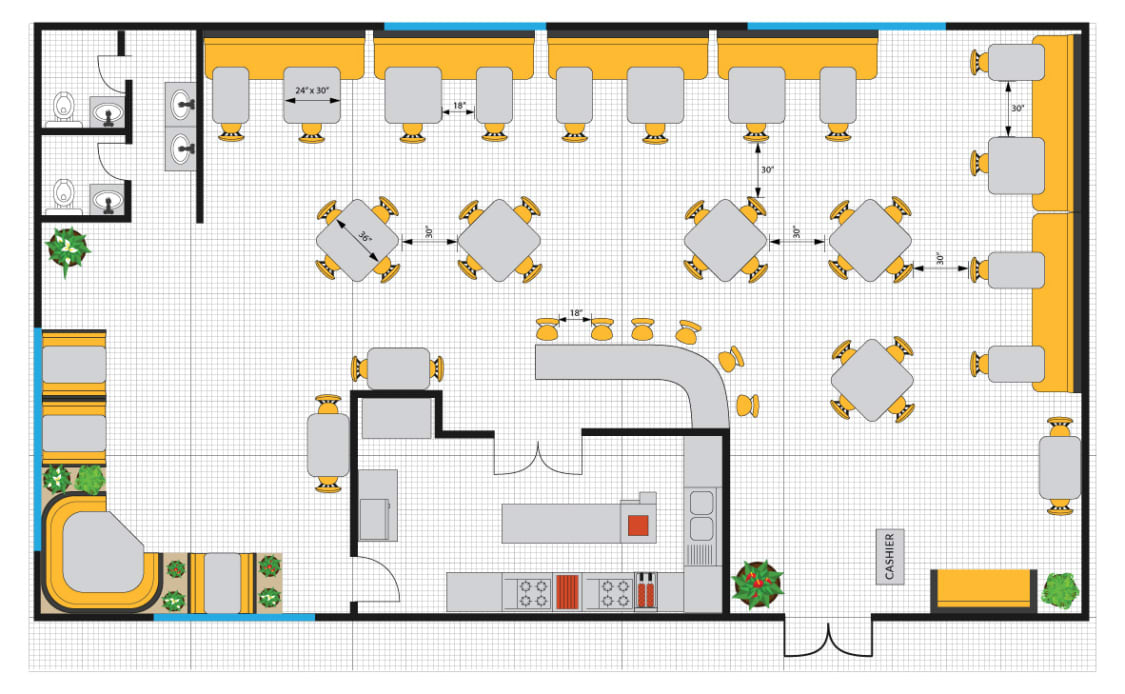
Effective seating layouts differ by venue type. The floor plan for a fine dining restaurant or bistro should look different from a casual restaurant or cafe. Upscale restaurants should have more space between tables so guests can have a more pleasant dining experience with less noise. There should be a minimum of 25” space between the chair back from the nearest chair back in the dining area. The standard table width for centrally placed tables is 36” x 36” for square tables or 36" diameter for round ones.
Booths and wall benches are a popular choice for fine dining establishments since they have a more refined look. Booths are also a great way to maximize floor space. The space between tables for a half booth should be 30" between tables. Tables for half booths can be rectangular or square and are typically 30” in length from the booth to the chair. Upscale establishments typically have solid wood tables and chairs or upholstered chairs to provide a premium dining experience. Since ambience is more important in fine dining restaurants, tables will often have table cloths and the decor will be fancier.
Restaurant Design by Type
The interior design of your restaurant will depend on which type of food service and venue you want to establish. There are many different types of eateries, such as quick service, fast casual, fine dining, family restaurants, diners, steak houses and more. In addition there are also many ethnic restaurants that can range from anything from fast food to fine dining. Each venue type has its own unique interior design and there are a variety of ways to enhance that and build upon the theme with the right restaurant furniture. Other factors that will influence your restaurant type and design are personal preferences, the type of patrons you want to attract and the location, such as will it be in a downtown, urban setting or in the suburbs where outdoor seating is available.
To help you with the final choice we compiled in-depth and up-to-date guides on various design styles and themes. Below you can see a short summary of those guides. Click on any of the styles to go to an indepth guide that will showcase several ideas as well as provide you with important aspects to keep in mind while you are designing your restaurant's interior:
1. Chinese Restaurant Design
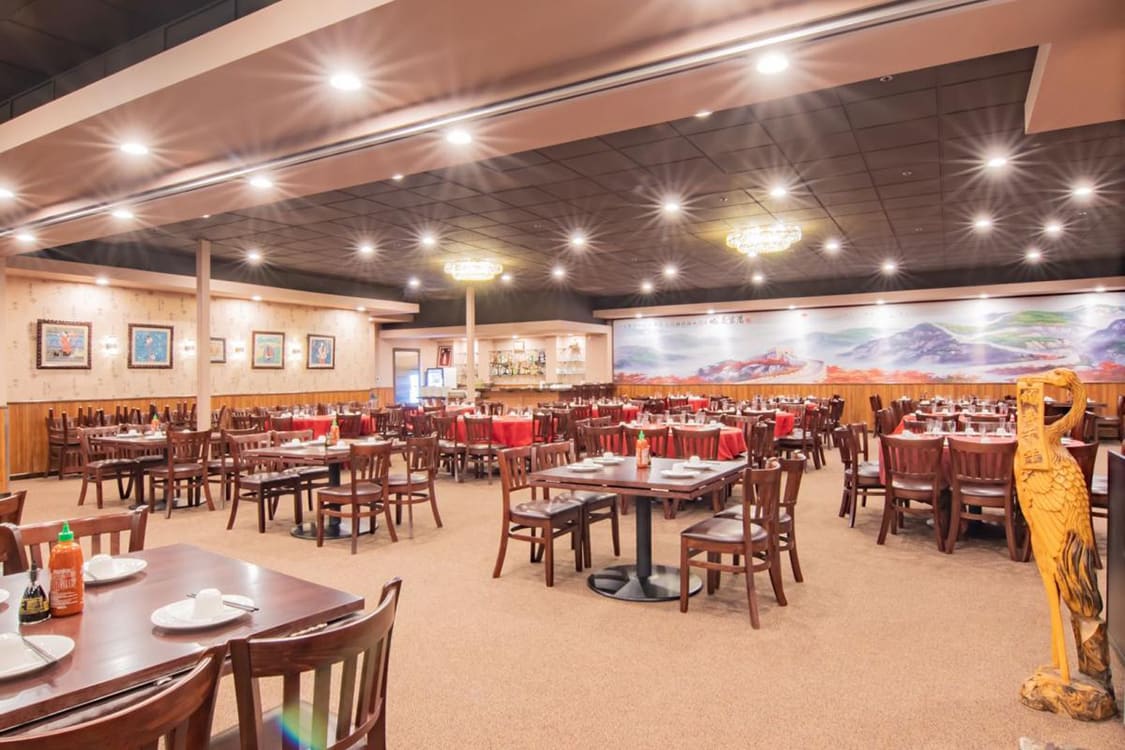
To create an authentic experience and an inviting ambiance for your guests, it is important to have furniture and decor that reflect Asian style and design that will make your guests feel like they are in the orient. Chinese design style is noted for its Zen-like aesthetic and simplicity. It is about clean lines and character of shape. This includes polished surfaces of dark, lacquered woods, meticulously hewn latticework furniture and delicate screens.
2. Mexican Restaurant Design

A Mexican restaurant design focuses on colors and iconic motifs and décor as well as the right type of commercial furnishing and fixtures. Red, orange, yellow and green are popular colors. For upscale dining establishments plain back booths are popular options for seat as are solid wood chairs such as X back chairs. Bistro metal chairs in colorful colors can also be good seating choices for both casual and upscale cantinas. Solid wood tables are a smart choice for upscale restaurants.
3. Italian Restaurant Design
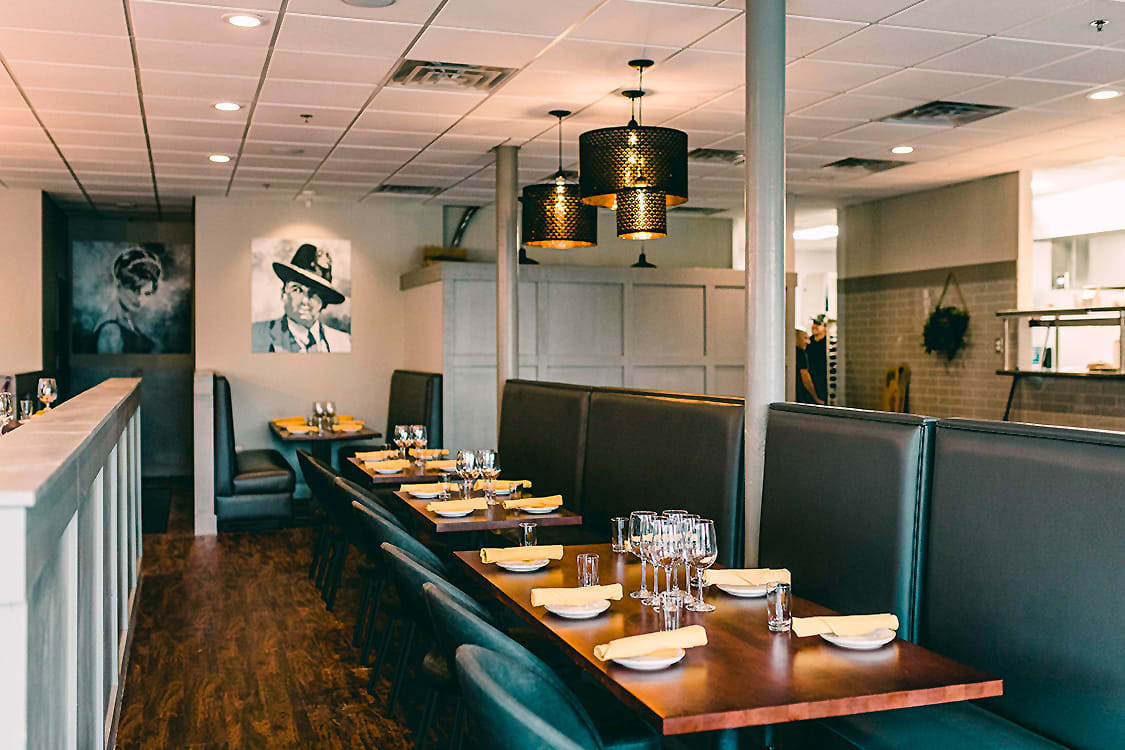
Almost everyone loves Italian food. Whether it’s pizza, lasagna or bruschetta, most people have a favorite Italian dish. Restaurant furniture is an essential part of the interior design of your Italian restaurant whether it’s a fast casual restaurant or an upscale bistro. Whether your design scheme is modern or traditional, the appropriate chairs, bar stools and tables can help you define your restaurant’s distinctive Italian style.
4. Coffee House Design
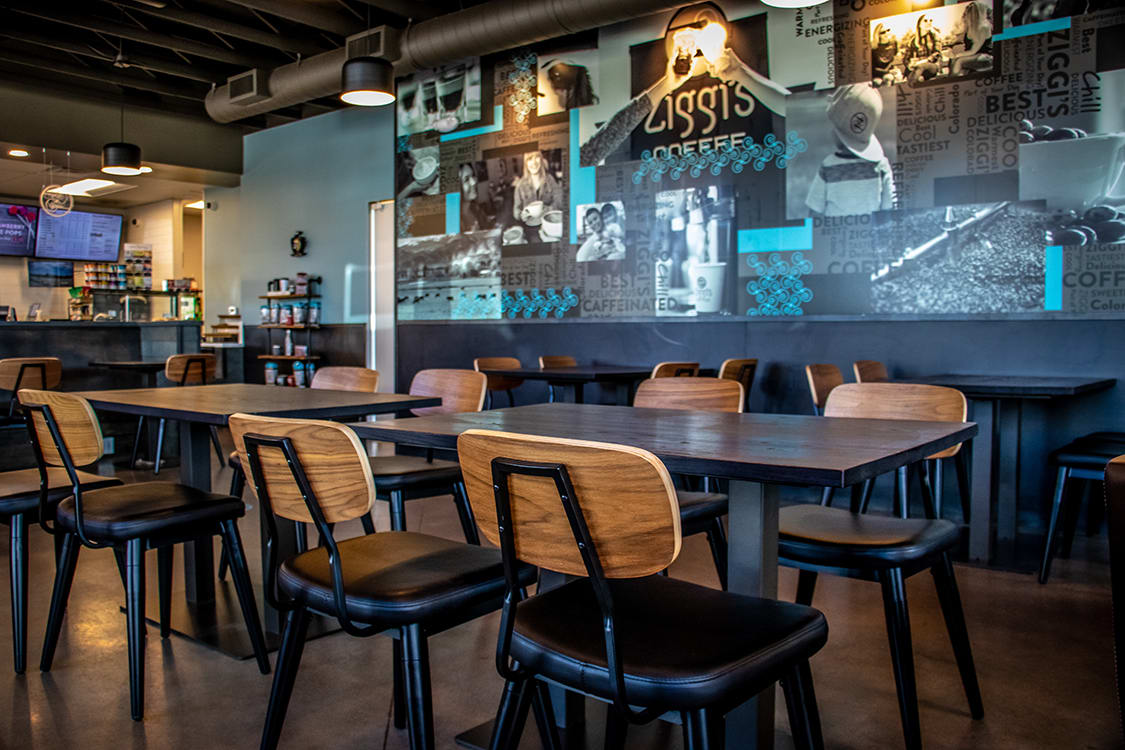
A great cafe experience comes with a great cafe design. Whether you want your coffee shop to be contemporary, traditional, urban, rustic or retro a theme will help it stand out and create a memorable experience that will make patrons want to come back. Your cafe’s interior depends on what concept you are looking for. Your interior design choices and the furniture you choose will affect that. If you want faster turnover, metal chair and bar stools which are durable will facilitate that. If you are looking to offer a more high-end experience where guests will want to stay, then upholstered wood chairs and comfortable booths will help create that premiere experience.
5. Industrial Style Restaurant Design
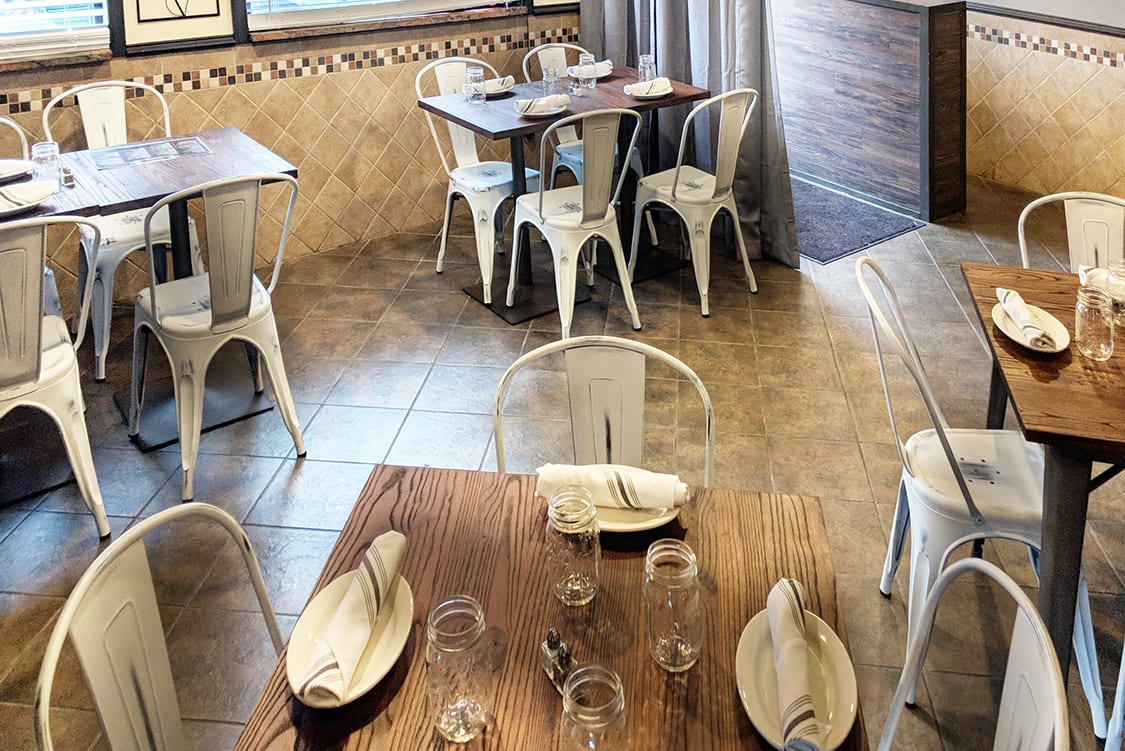
Industrial design is utilitarian by nature, focusing on simplicity and making the most of what is available. This can include exposed brick walls, factory type lighting, hard wood or acid washed concrete floors and exposed ceiling ducts. Restaurant furniture that goes well with design is typically a combination of metal and wood. Distressed furniture tends to blend in with rustic decors. Vintage style chairs and bar stools also go well with industrial design. Natural, light colors are typically used such as earth tones and pastels. Distressed green, yellow and other vibrant colors can be used to liven up an industrial interior.
6. Pizzerias Interior Design
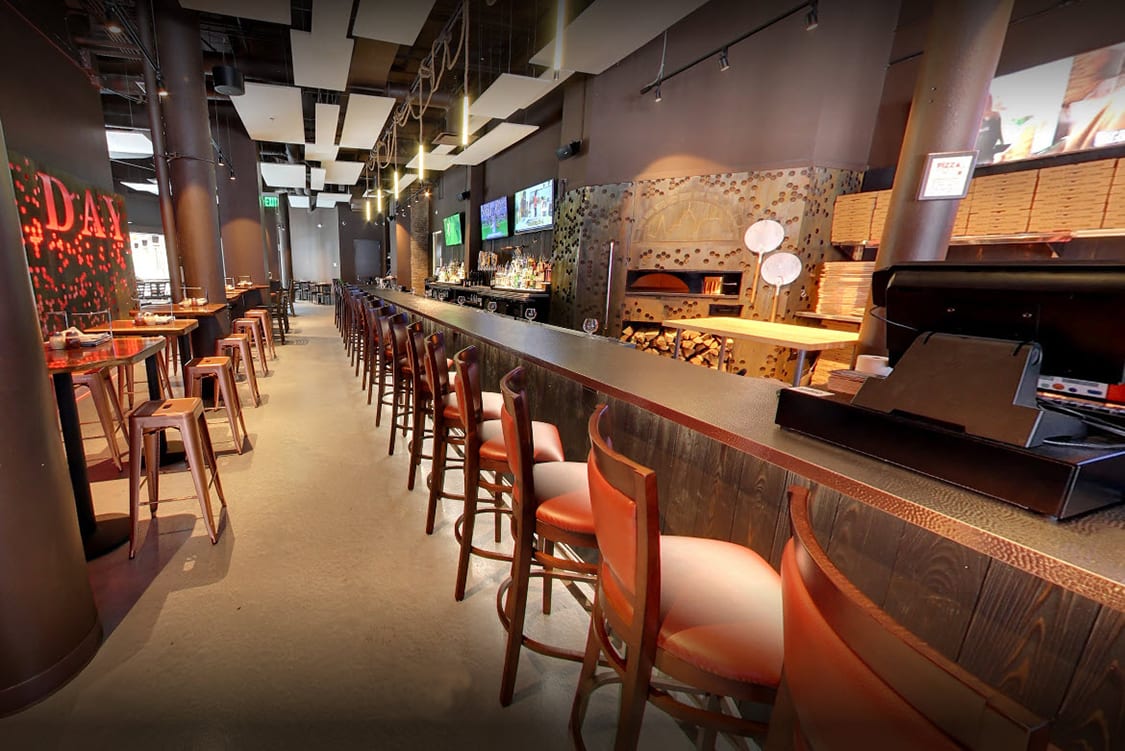
Pizzerias are one of the most popular restaurant styles, with more than 70,000 of them across the United States. The most obvious way to stand out amongst the competition is the quality of your pizza, but the taste of a meal is only part of the equation. Great interior design can give your pizzeria the complete experience that encapsulates all the senses. However, there are a few things you need to do to ensure your space is authentic to your and your diners. A fast-casual space will feature brighter and bolder colors to match the daytime lunch-rush feel. Colors in a fine-dining establishment will be more muted in order for a refined look.
7. Indian Restaurant Design
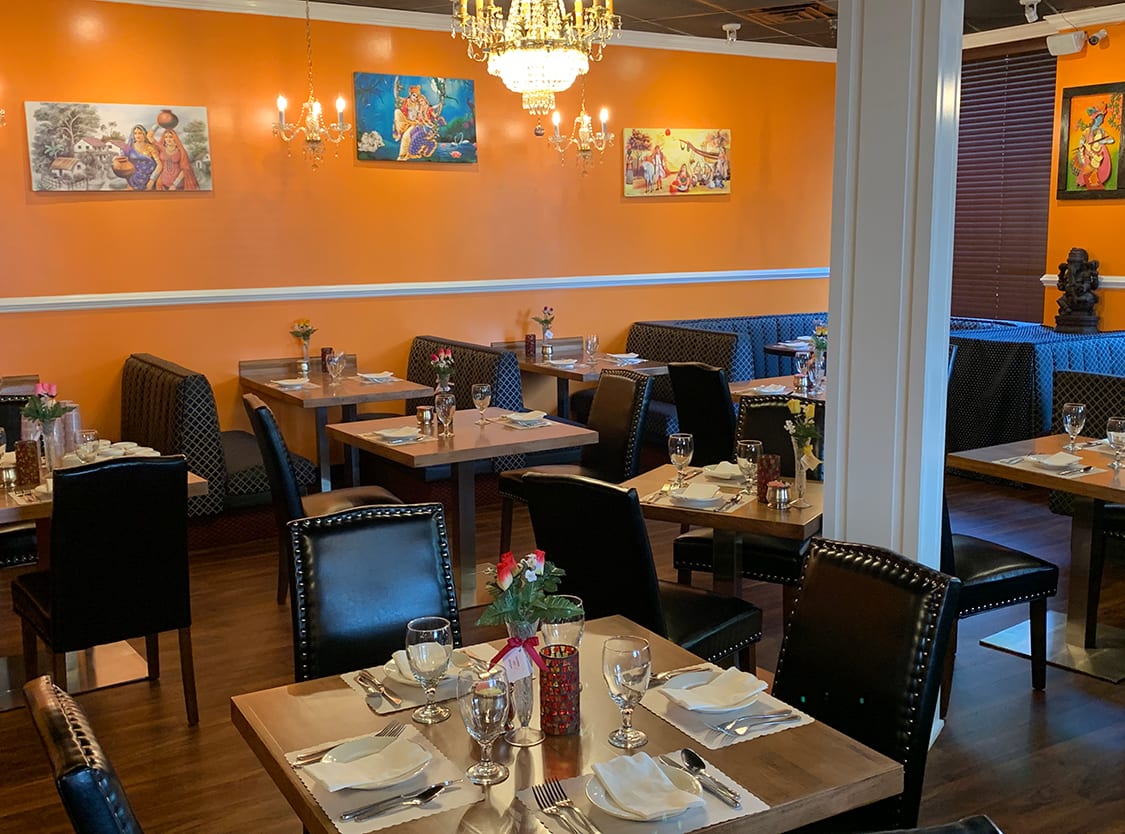
An authentic ethnic interior design is just as important as the food in giving your patrons a memorable experience. Indian restaurants often feature a lounge area, main dining area, terrace and open kitchen. The interior design of the restaurant creates a vibrant and welcoming atmosphere for the guest and your interior design should reflect the region where the cuisine you will be serving comes from. Even if you plan on serving a broad range of Indian food, common factors you should incorporate are bright colors, comfortable upholstered chairs and custom booths with south Asian patterns. These restaurants also tend to have decorative lighting and designs to fully immerse guests in the culture.
8. Design for Bar and Pubs
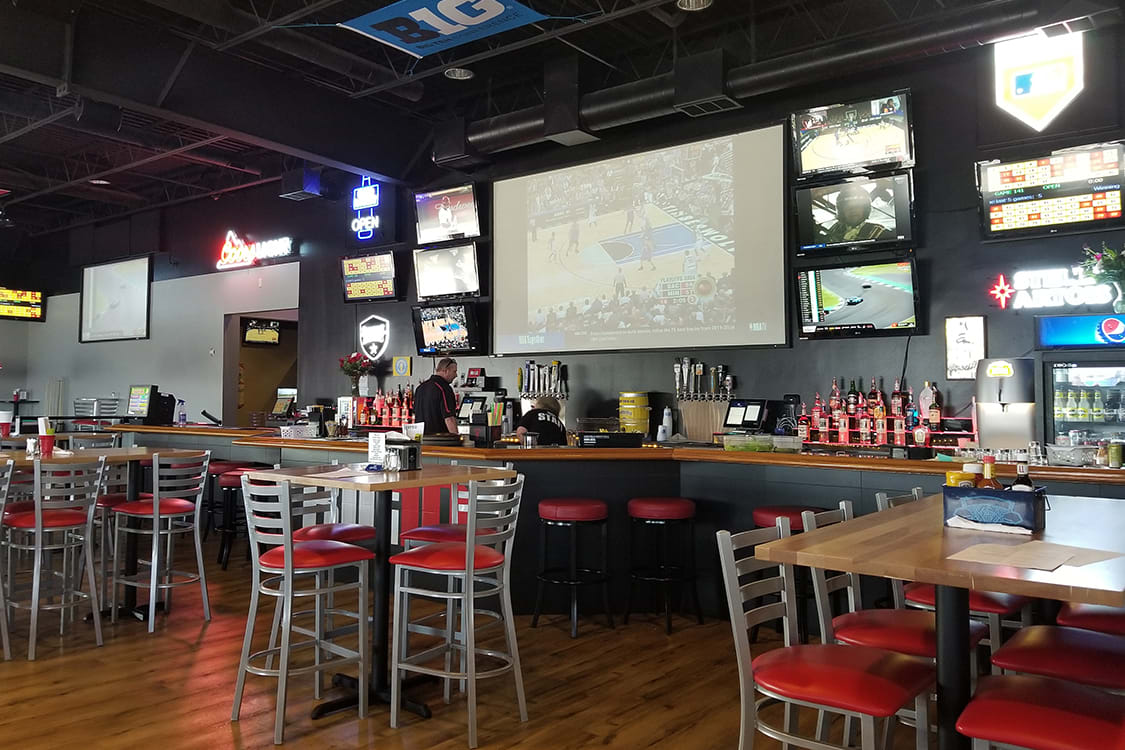
Whether you have a sports bar, a night club or a local tavern, the right interior design and furniture can make all the difference. Clubs and bars with dance floors tend to draw younger crowds who are usually attracted to venues with a modern design and colorful lighting. The lighting is usually dim and the furniture ranges from swanky with vintage style seating or cozy button tufted booths for guests that want some intimacy. Industrial bar stools are also very fashionable and popular with bars targeting younger adults. Pubs and taverns will often go for a classic wood back bar stool. Upscale bars which tend to draw in a wealthier clientele will usually have modern style bar stools with padded seats.
9. Small Restaurant Design
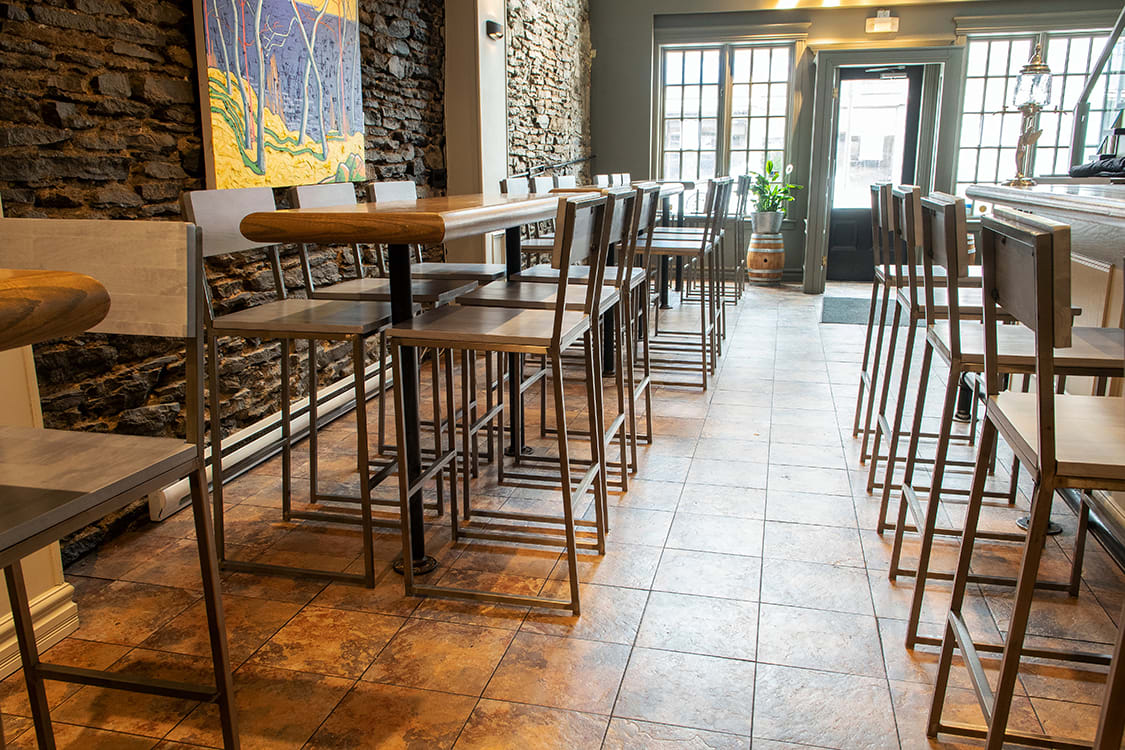
Urban restaurants tend to be small and cozy so there is a need to make the most out of the limited floor space available. The right interior design can provide the ideal getaway to provide an intimate experience that will have your patrons coming back. Good lighting and quality, comfortable furniture is important. If you have a small space, it’s best to take advantage of natural light if you have large windows. This will make the space seem bigger and les cramped. Booths are a great way to maximize floor space and they offer more privacy. Many small restaurants have a bar since counter seating takes up very little room when compared to tables and chairs.






























































